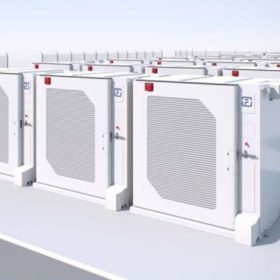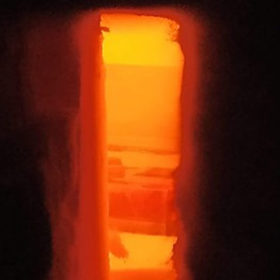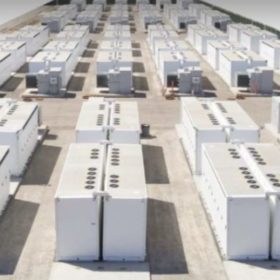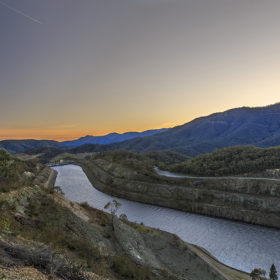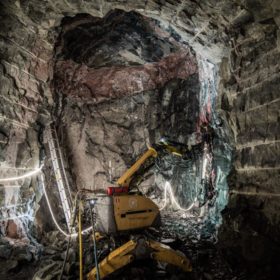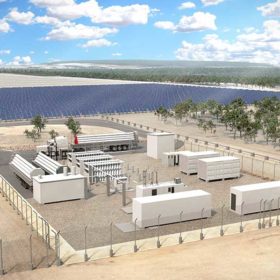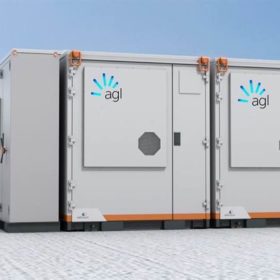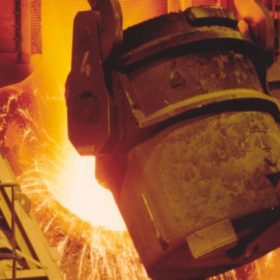AGL builds storage portfolio with Broken Hill big battery locked in
AGL has committed to another big battery project as it seeks to add at least 850MW of new large-scale energy storage to its portfolio by 2024, confirming it will begin construction of a 50MW/50MWh battery at Broken Hill which will improve energy security in regional New South Wales.
Thermophotovoltaic battery could store energy at $14/kWh
Developed by researchers in Spain, the battery uses renewable electricity to melt low-cost metals such as silicon or ferrosilicon alloys to produce and store latent heat, which is in turn used by a thermophovoltaic generator to produce power. According to its creators, the device may store electricity at a cost of €10 per kilowatt-hour (AU$14.6/kWh) for a 10MWh system.
NSW pushes ahead with plan to build 1.4GWh Super battery
The New South Wales Government is advancing its plan to build the “biggest network battery in the southern hemisphere” by 2025 as it looks to shore up a reliable energy supply ahead of the impending closure of the coal-fired Eraring Power Station.
Turnbull points to pumped hydro as ‘ultimate’ storage solution
Pumped hydro energy storage is ideally positioned to support reliability and reduce volatility in the energy market as Australia shifts from fossil fuels towards renewable power with former prime minister Malcolm Turnbull labelling the technology the “ultimate long-duration storage” solution.
Tesla to supply Megapacks for 150MW/350MWh Riverina big battery
Following the early success of its solar integrated Gannawarra Energy Storage System, Edify Energy has again opted for Tesla Megapack as its preferred battery energy storage system for its combination of storage projects totalling 150MW/300MWh in the Riverina region of New South Wales.
Rock cavern for green hydrogen storage takes shape in Sweden
Vattenfall, SSAB and LKAB have reached the halfway point in the construction of a rock cavern storage facility in a coastal city in northern Sweden. The 100-cubic-metre facility is being constructed 30 metre below ground and will begin storing green hydrogen next year.
Work on Queensland’s ‘truly green’ government-owned hydrogen plant to start in six months
Construction of the Kogan Renewable Hydrogen Demonstration Plant in Queensland’s Western Downs region is expected to start by September, with government-owned CS Energy, the plant’s operator, having finalised the EPC contract with IHI Engineering Australia to construct the project.
AGL gets tick of approval for 2GWh Liddell battery
Australia’s biggest power producer AGL has secured planning approval for a 500MW/2GWh grid-connected utility scale battery to be developed at the site of its coal-fired Liddell power plant in the New South Wales Hunter Valley.
Storing renewable electricity with supercritical CO2 heat pump
Researchers in Spain have designed a pumped thermal energy storage system that uses supercritical carbon dioxide as a heat pump and a heat engine. The proposed system is claimed to achieve an efficiency of 80.26% and an LCOS of €0.116/kWh (AU$0.18/KWh)
Investment cycle means race is on to incentivise green hydrogen
A report published by IRENA hints the world’s politicians will have to get to work immediately to avoid another generation of fossil fuel-fired hydrogen, ammonia, and methanol plants being set up to run into the second half of the century.
